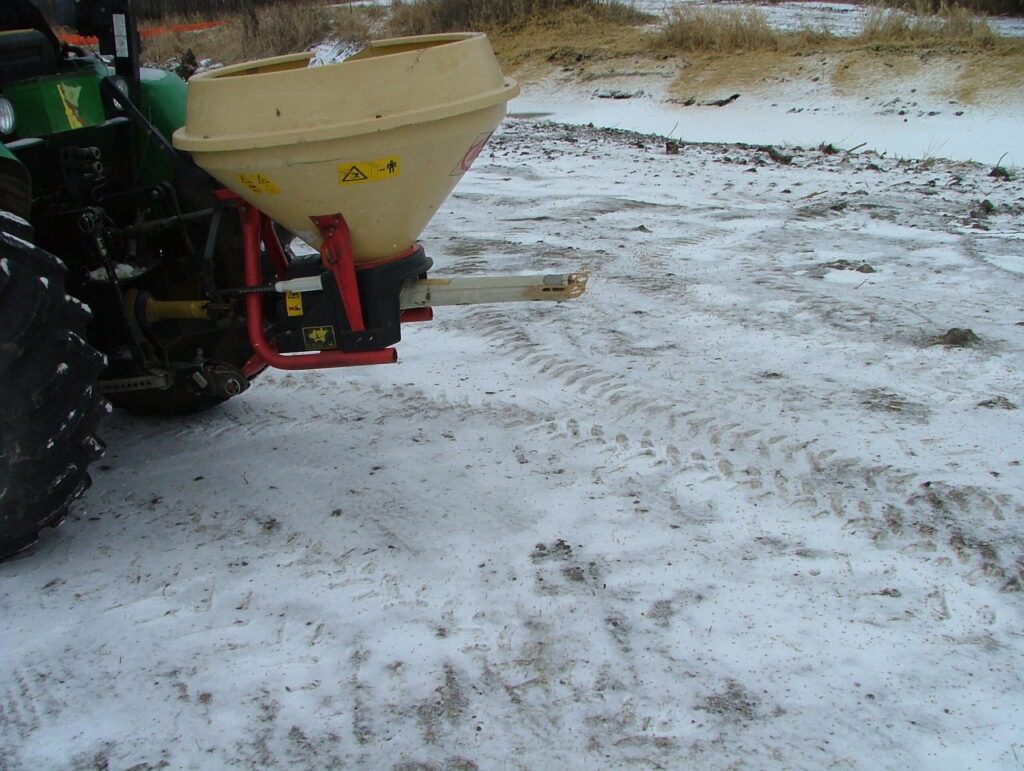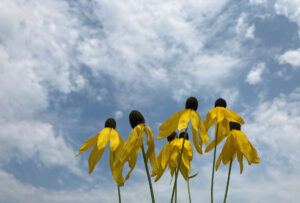By: Blaine Keller – MNL Bluestem Farm Site Lead
Just because its cold and we have snow on the ground does not mean we cannot perform native seeding! Frost seeding done January through March in our area (the upper Midwest) is a fantastic way to extend the seeding window taking advantage of several factors specific to our native seeds and soil conditions.
Frost seeding takes advantage of the natural freeze/thaw cycle which works to break dormancy of seeds. The melting action of snow works to incorporate the seed into the soil creating good seed-to-soil contact. Seed-to-soil contact improves water and nutrient transfer to germinating seeds increasing a more even distribution of plants in the future. Another benefit is the planting receives all the precious spring moisture. And finally, spring planting is not delayed due to conditions being too wet for equipment to operate in turn extending the growing season for the first year planting.
There are multiple approaches to seeding native landscapes, frost seeding is a great option and should be considered when you have the right conditions (such as: a well-prepared site, an erosion prone site, an existing planting needing diversity enhancement, etc).


